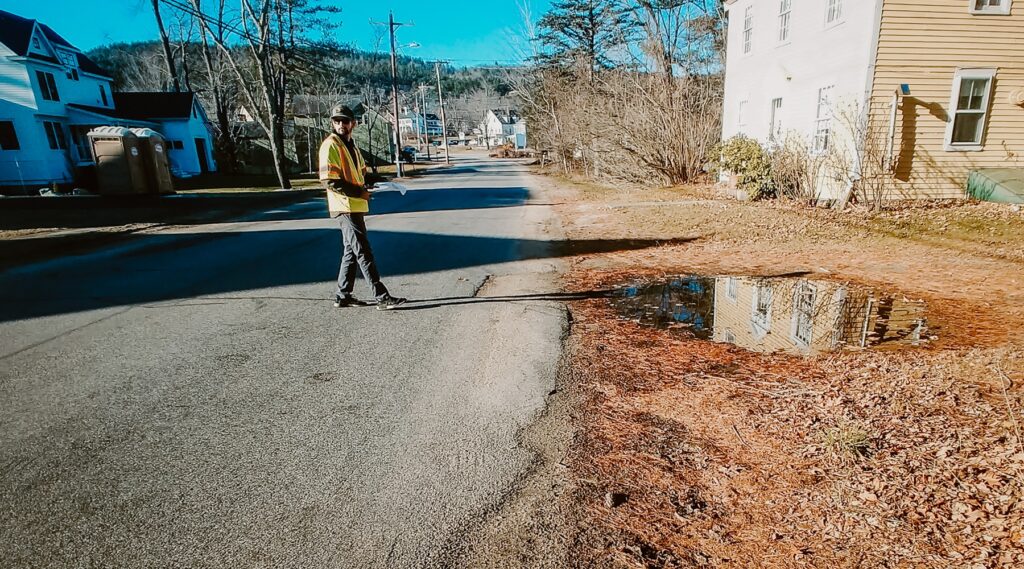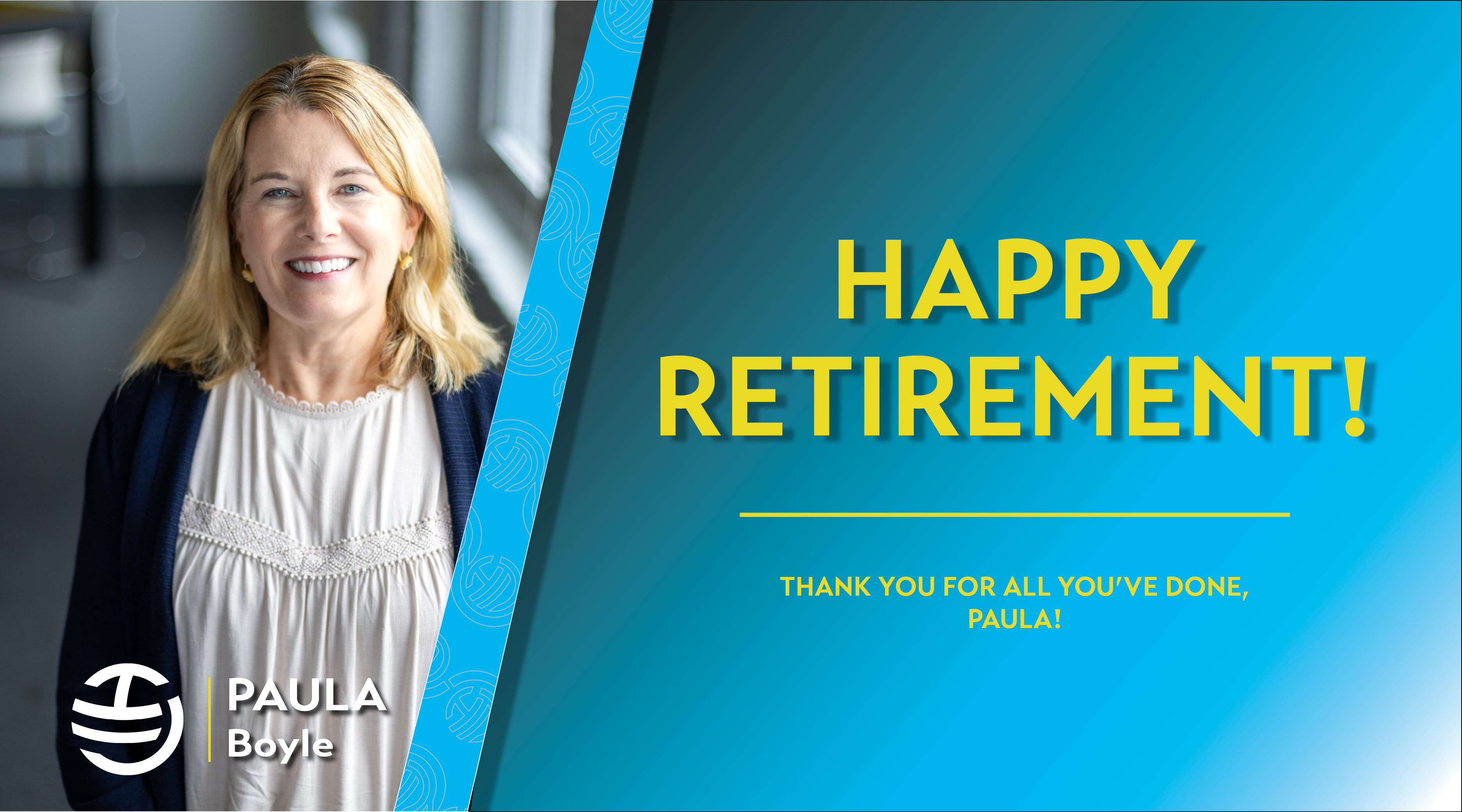![]()
I have had the opportunity to experience both sides of the industry I have chosen my career in. I started my engineering career working in California for a railroad contractor, and it was eye opening into the inner workings of a construction project. I quickly learned that the clock never truly stops for a contractor, and business is not restricted by the physical barriers of the project or number of hours in a day. From my experience, the bottom line was the goal, exhausting all resources to achieve it.
When nothing changed after the company transferred me to the next project in Massachusetts, I decided it was time to leave. Figuratively speaking, I did not leave empty handed. I developed an attention for detail, I learned how to be flexible with what assignments were given to me, and I learned the value of clear and constant communication.
Attention to Detail is Required
While working on these projects, all time, material and daily progress had to be tracked and compiled for payment submission. Doing this assignment every day is where I refined my attention to detail. I couldn’t afford to have material go missing or for people to not get paid for their work, so I had to develop habits that helped me keep track of things. Taking good notes ensured that the information I was receiving wouldn’t get overwritten in my brain by the next hundred things I was told.
I have carried that practice with me to Hoyle Tanner and continue to hone that skill every opportunity I get. Whether it be field or office assignments, I take note of important details so I can commit them to memory more effectively.
Flexibility is an Asset

Being a Field Engineer requires looking ahead and preparing for changes in daily tasks through all phases of construction. Unexpected changes in schedule provided me the opportunity to receive on-the-job training with checking grade elevations using a survey laser.
Currently being on the design side of the industry, I’ve enjoyed taking on new assignments from drainage layouts to corridor modeling in MicroStation. I have also had the opportunity to work with more technical equipment such as a GPS unit laying out points that will later be used in our design files.
Communication is Worth the Effort
Being in constant communication with multiple construction departments and crews was vital for the progression of the project. It was essential to provide daily updates through in-person conversation, emails and phone calls. Doing just one of these methods was not sufficient for making sure the information was received. In my current role, I apply these communication methods to provide the information as clear as possible, so that no assumptions need to be made. I would rather have someone tell me I communicate too much rather than tell me they have no idea what I’m working on.
All those hours where the clock didn’t stop required flexibility and effective communication during construction activities. Those lessons on construction sites pushed me to grow in my career and apply my experience to design engineering for transportation projects.
This article was written by Luke Cisneros.









